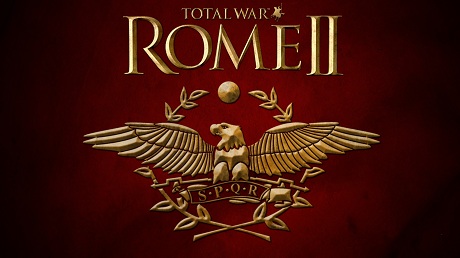Trieres - Armoured Marines
A ram of bronze and a unit of marines to make short work of the enemy.Their linothorax gives these men a moment's more defence. That's all they need.
Of all the warships found in the ancient world, it is the trireme, or trieres, that remains the most famous and recognisable. Nearly all Hollywood 'sword and sandal' movies will include a trireme somewhere. The vessel was entirely designed for war. Its name came from the three rows of oars carried on each side, stacked above each other in staggered columns to give the rowers some room to work. The top row of oars pivoted on a rowlock, or oarlock, mounted on an outrigger projecting from the hull. This allowed the top oars to pitch down at a sharper angle to reach the sea without getting tangled in the lower ones. The trireme was a greyhound of a ship, capable of high-speed dashes with a well-trained crew and, contrary to popular belief, not all rowers were slaves. Aboard Greek vessels they were citizens, and were given respect, not the lash. They were also largely fair-weather ships, and unsuited to rough seas such as the Atlantic; the lowest level of oars were, at most, less than half a metre above the waterline. That, however, did not stop the trireme being a superb weapon against other ships: a high-speed ramming attack could rip a hole in the side of almost any target. The type was also large enough to be used in other ways, which lead to it carrying archers and assorted light artillery pieces.
(Armoured Marines)
Naval warfare in the ancient world was just another way for infantry to fight one another. The earliest documented naval battles are those of ancient China, 'grapple and hook' battles where boarding operations and close-quarters combat decided the victor. During the Second Punic War, Rome famously broke Carthage's mastery of the waves by creating the 'corvus' - a bridge that allowed its soldiers to board and fight. The distinction, then, in antiquity, between fighting on land and at sea was small, yet chiefly a matter of 'sea legs' - maintaining balance whilst toppling your opponent. Hoplites therefore appeared on Greek ships, and not just as passengers, which allowed Greek armies to pursue operations further afield with greater flexibility.
日本語化: JapanTotalWarとは
Unit Name Trieres - Armoured Marines |
Main Unit Key Pel_Armoured_Marines_Three |
Land Unit Key Pel_Armoured_Marines |
Naval Unit Key pel_greek_three |
Soldiers 80 |
Category Medium Ship |
Class 近接艦 |
Custom Battle Cost 730 |
Recruitment Cost 700 |
維持費 110 |
Ship Health |
└ Ship pel_three |
Ship Speed |
Melee Attack 54 |
Weapon Damage 26 |
├ Melee Weapon rome_hoplite_spear |
├ Melee Damage Base 20 |
├ Melee Damage Ap 6 |
├ Armour Piercing No |
├ Bonus vs. Large 15 |
├ Bonus vs Elephants 15 |
└ Bonus vs Infantry 0 |
Charge Bonus 26 |
Melee Defence 67 |
├ Base Defence 52 |
├ Shield hoplite |
└ Shield Defence 15 |
Armour 80 |
├ Armour spolas |
├ Armour Defence 35 |
└ Shield Armour 45 |
Health 70 |
├ Man Entity rome_infantry_hoplite |
├ Man Health 45 |
└ Bonus Hit Points 25 |
Base Morale 65 |
Abilities
No Ability
Attributes
- 確固たる規律
この部隊は、将軍が死亡しても士気ペナルティを被らない。また、他の部隊よりも敗走後復帰する確率が高い。 - 隊形維持
この部隊は、白兵戦時に隊形を維持しようとする。 - 潜伏 (森)
この部隊は、敵がすぐそばに接近するまで森に潜伏する事ができる。
Strengths & Weaknesses
Trieres- Poor hull strength
- Light crew
- Fast speed
- Weak ramming
- Poor boarding
- Average missile combat
- Good defensive unit
- Low damage but average armour penetration
- Average attack
- Normal morale
| Faction Availability | |
|---|---|
| Wrath of Sparta | |


 English
English Français
Français Italiano
Italiano Deutsch
Deutsch Español
Español Русский
Русский Čeština
Čeština Polski
Polski Türkçe
Türkçe 简体中文
简体中文 正體中文
正體中文
